Is the deinfluencing trend the secret to a clutter-free home? How this new approach could change your shopping habits for good
When it comes to clutter, less is always more
You can sharpen images with precise control in five easy steps, and once you master this technique, you’ll never use the Unsharp Mask or Smart Sharpen again. Here’s the illustrated tutorial and a couple end-result sample images.
Like me, you’ll probably sigh, “I wish I’d learned this sooner.” It’s simple, powerful and uncomplicated. Once you establish the parameters you prefer, you can create a Photoshop Action to turn it into truly one-click sharpening.
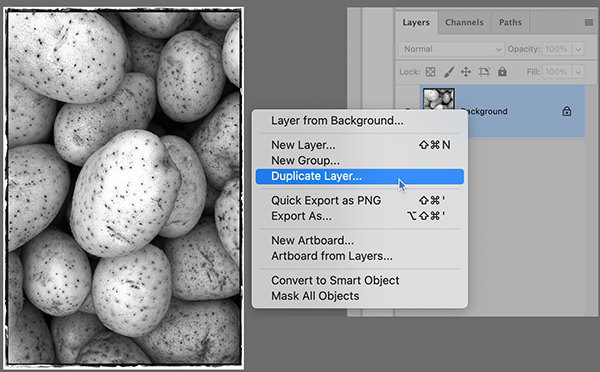
1. Starting with an image open in your Photoshop workspace, press Command + J (Control + J on a PC) to create a duplicate layer. (Alternatively, you can create a duplicate layer from the Layers panel or the Layers tab on the top menu bar.)
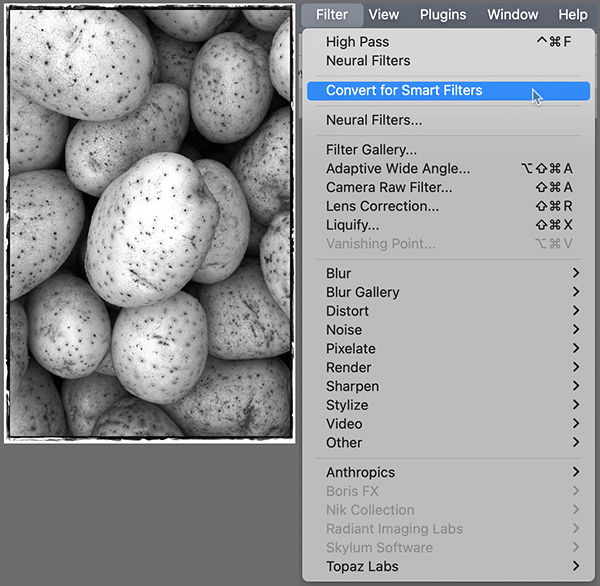
2. Click the duplicate layer (your cursor should already be on it) and from the Filters tab on the top menu bar, select Convert for Smart Filters.
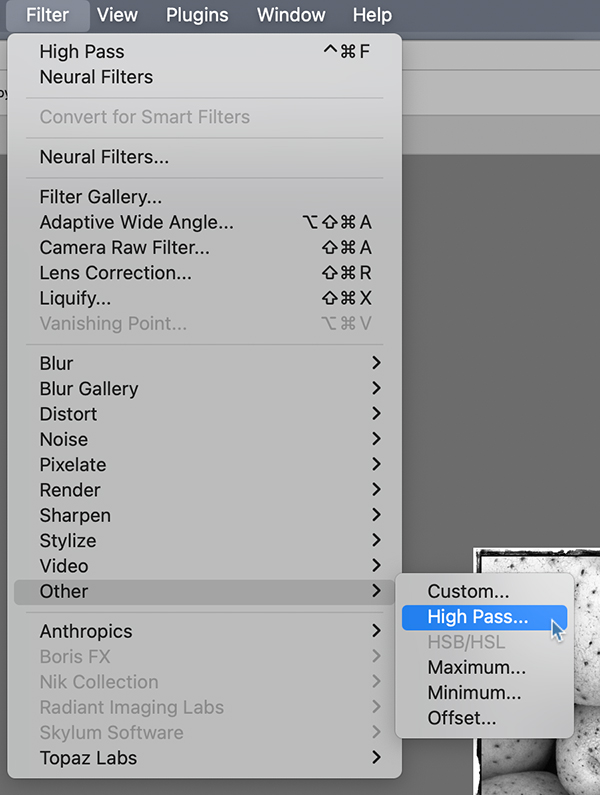
3. Again from the Filters tab, select Others > High Pass Filter.
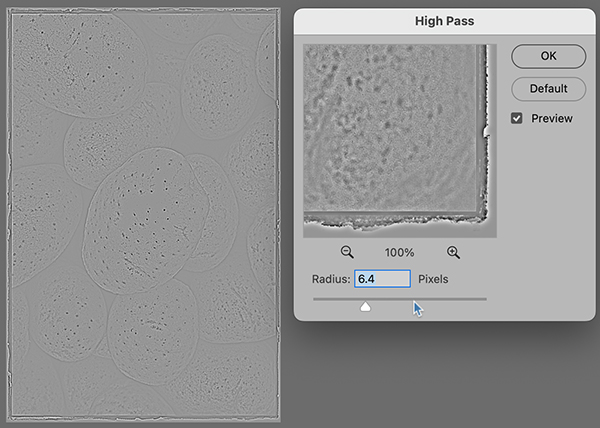
4. Your image will turn an ugly gray — that’s normal. At the bottom of the dialog box that opens, select the Radius. A value between 0.5 and 8.0 is usually suitable, depending on the subject. This is the most critical step. The Radius you choose determines the amount and appearance of the sharpening.
For portraits, I usually set the Radius to 0.9 or slightly lower. That level is enough to bring out fine details without overkill. For more coarse subjects, I generally work in the 4.0 to 6.5 range. If the level you select works for you for a particular type of subject, create a Photoshop Action and you can reduce the entire process down to a single click.
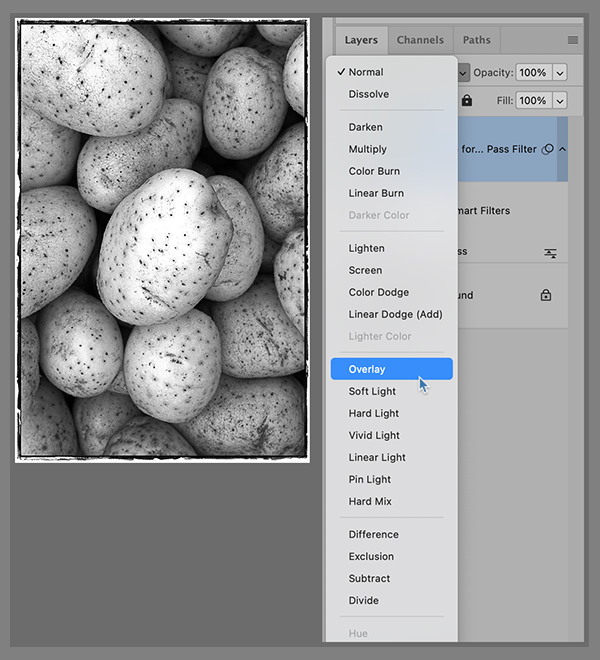
5. To restore the image to its normal color and contrast (i.e., no longer gray) select Overlay as the Blending Mode from the drop down menu in the Layers panel. Adjust the Opacity slider to soften the effect, or leave it at 100%. You can pick Soft Lighting for more subtle results, and of course, experiment with other Blending Modes.
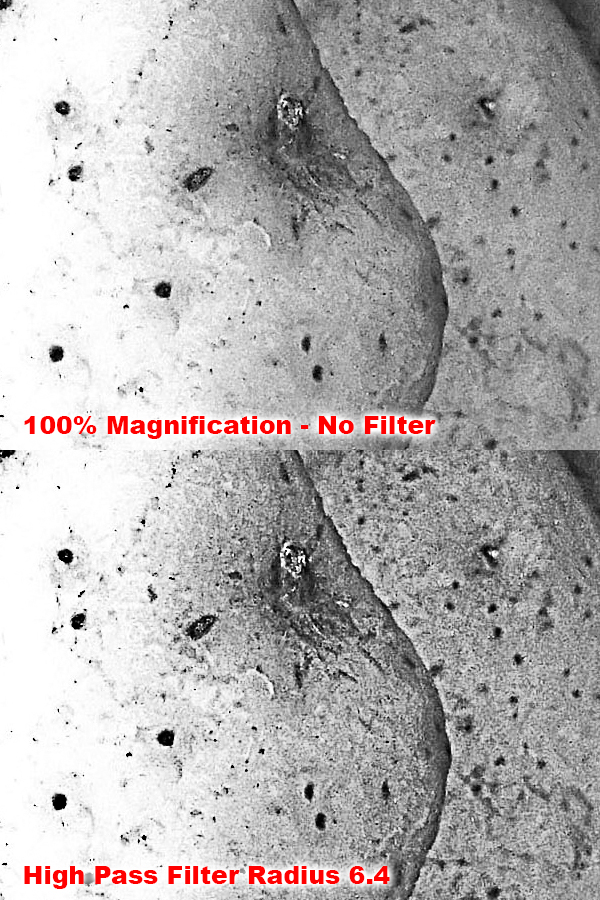
That’s it. Flatten the image if you want to save it as a JPEG.
Here are a couple more examples.
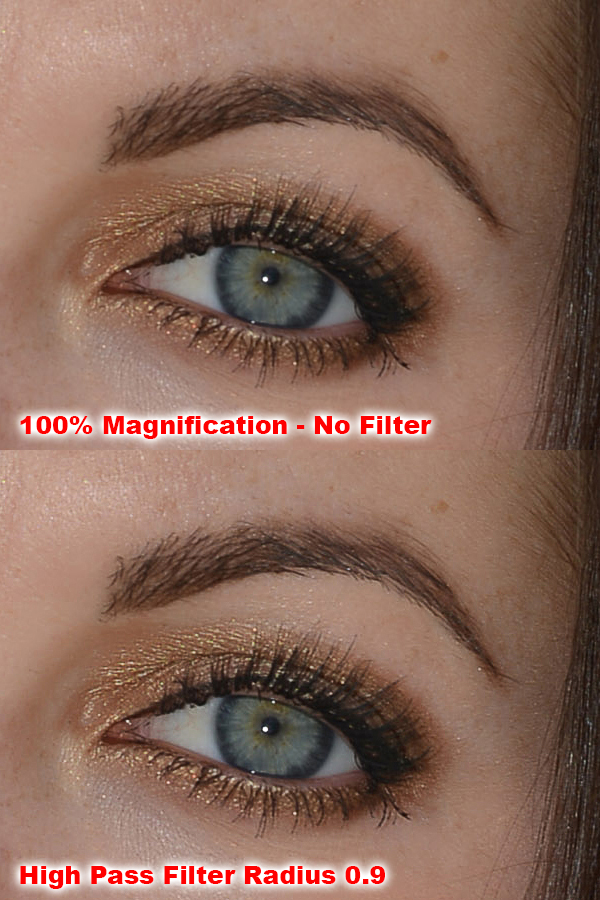
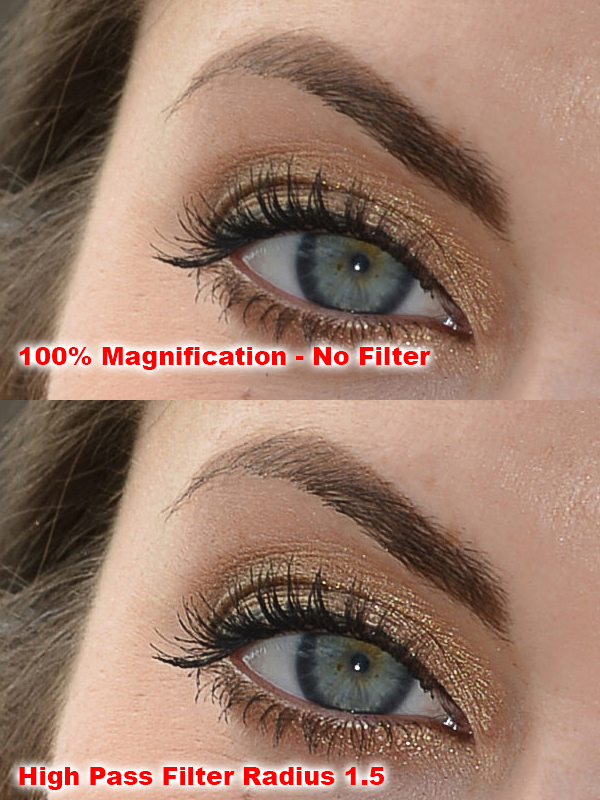
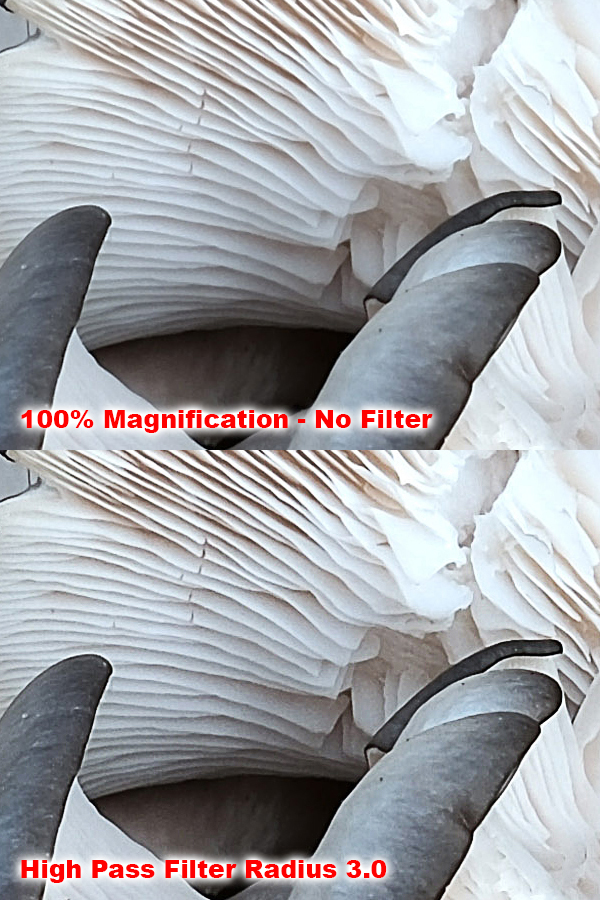
If You Enjoyed This Article
Click here to choose from more than 500 reviews, how-to articles, quizzes, attempts at humor and other alleged insight into the world of photography written by yours truly. It you really, really like it, stuff a greasy paper bag full of 20-dollar bills and FEDEX it to my PO Box in Bimini.
Become a Member of the Shutterbug Community
Register for a free account. Sign up for our newsletter. Spend five minutes (or less) uploading your best shots once every week or so. Potentially become a Shutterbug Photo of the Day winner. Enjoy viewing the fantastic work being done by thousands of photographers all over the world—and add your images to the enduring collection.
—Jon Sienkiewicz
